DMC Donchian Channel
- Göstergeler
- Deibson Carvalho
- Sürüm: 1.1
What are Donchian Channels?
Donchian Channels are three lines generated by moving average calculations that comprise an indicator formed by upper and lower bands around a mid-range or median band. The upper band marks the highest price of a security over N periods while the lower band marks the lowest price of a security over N periods. The area between the upper and lower bands represents the Donchian Channel. Career futures trader Richard Donchian developed the indicator in the mid-twentieth century to help him identify trends. He would later be nicknamed "The Father of Trend Following".
What Do Donchian Channels Tell You?
Donchian Channels identify comparative relationships between current price and trading ranges over predetermined periods. Three values build a visual map of price over time, similar to Bollinger Bands, indicating the extent of bullishness and bearishness for the chosen period. The top line identifies the extent of bullish energy, highlighting the highest price achieved for the period through the bull-bear conflict. The center line identifies the median or mean reversion price for the period, highlighting the middle ground achieved for the period through the bull-bear conflict. The bottom line identifies the extent of bearish energy, highlighting the lowest price achieved for the period through the bull-bear conflict.
The Difference Between Donchian Channels and Bollinger Bands
Donchian Channels plot the highest high and lowest low over N periods while Bollinger Bands plot a simple moving average (SMA) for N periods plus/minus the standard deviation of price for N periods X 2. This results in a more balanced calculation that reduces the impact of big high or low prints.
Limitations of Using Donchian Channels
Markets move according to many cycles of activity. An arbitrary or commonly used N period value for Donchian Channels may not reflect current market conditions, generating false signals that can undermine trading and investment performance.
(Fonte: https://www.investopedia.com/terms/d/donchianchannels.asp)
Parameters: Period
Buffers: There are three buffers, 0 = Upper channel, 1= Middle Channel e 2= Lower Channel.

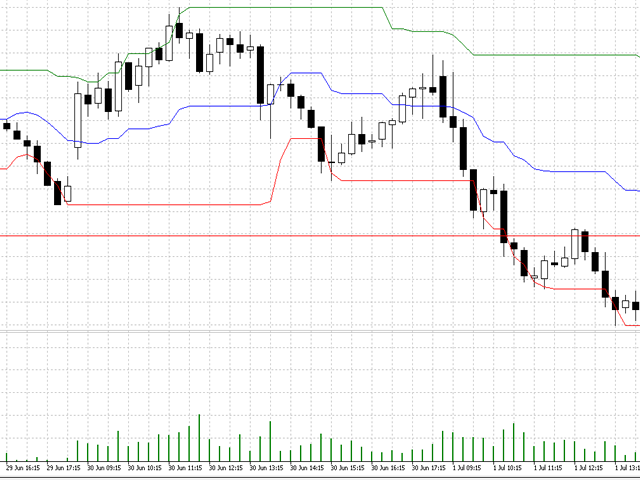

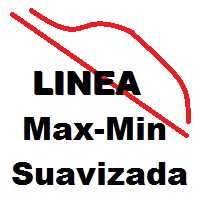








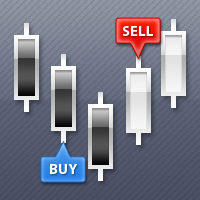
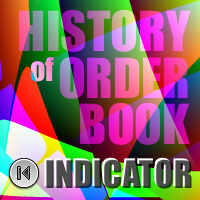
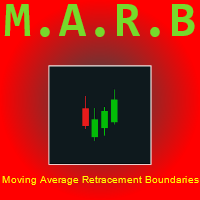
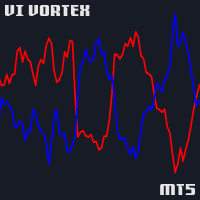
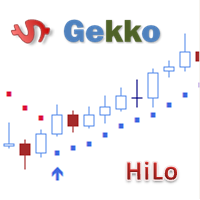


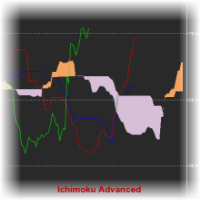


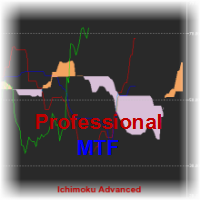

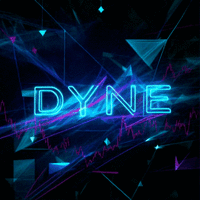



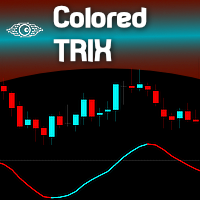
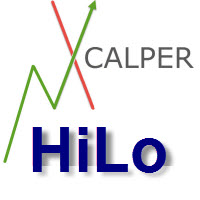
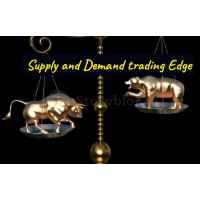










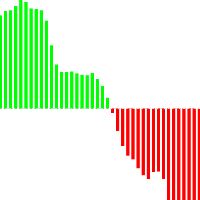





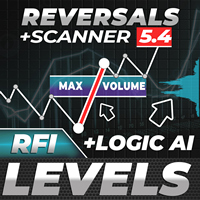

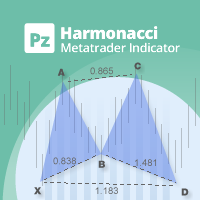
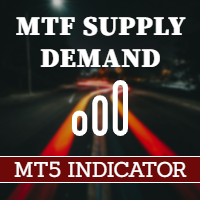


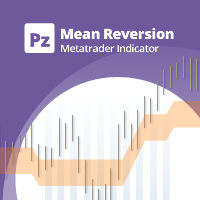



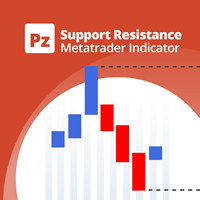

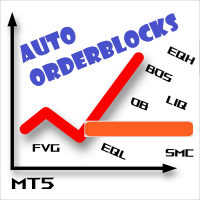


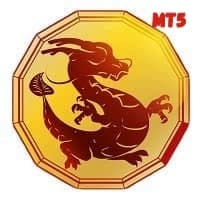
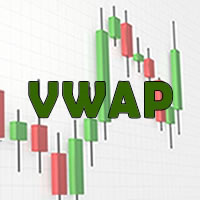

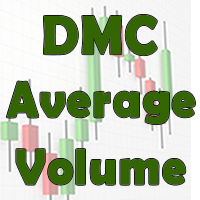
Funciona bem mesmo com um período longo a ser considerado. Excelente!